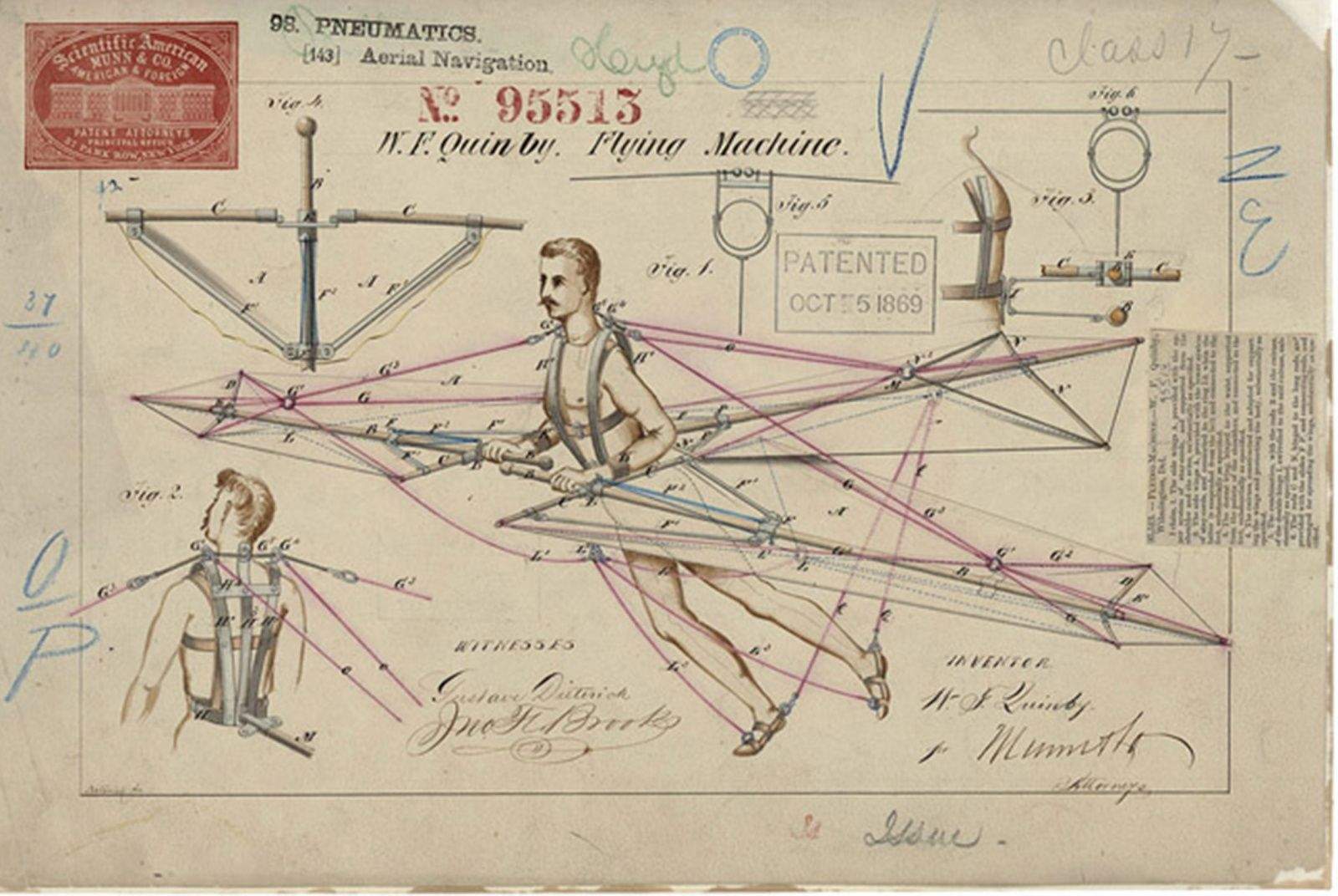The illustration that accompanies a patent application is a first glimpse inside the head of the inventor. Finally, an idea becomes a possibility, and even if an invention later proves to be impractical or an outright failure, the drawing serves as a tangible record of humanity’s quest to solve problems and move forward.

But the modern day patent sketches are stark chicken scratches compared to the intricately detailed, da Vinciesque artworks that once accompanied applications to the United States Patent & Trade Office, which first opened in 1790.
A fire in 1836 destroyed so many of the works that today would deserve a place on any museum wall. Details began to fall away as application rules after the fire required inventors to submit two illustrations. Making duplicate, elaborate illustrations was too costly and time consuming. Color, seen on the earliest patent drawings, was prohibited because pen and ink reproduced more clearly.
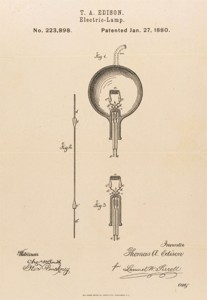
Photo: U.S. Patent and Trademark Office
Today’s requirements call for even fewer details with a deliberate tendency towards a vague technical drawing. Too much detail can limit what a patent covers and possibly make requested revisions more difficult. There’s just enough to communicate an invention’s utility.
As for the artists whose work compels patent officials to delve into the dense particulars, they remain unheralded. Patent illustrations have no place for an artist’s signature.
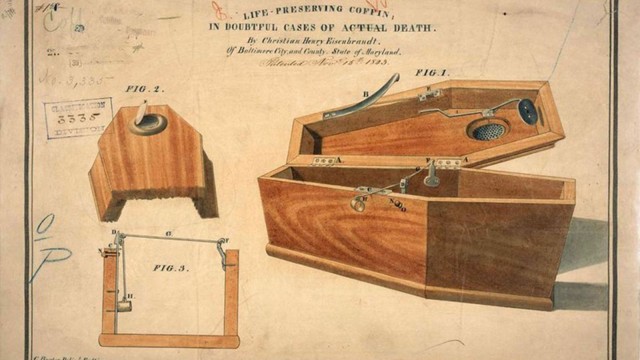
Photo: U.S. Patent and Trademark Office
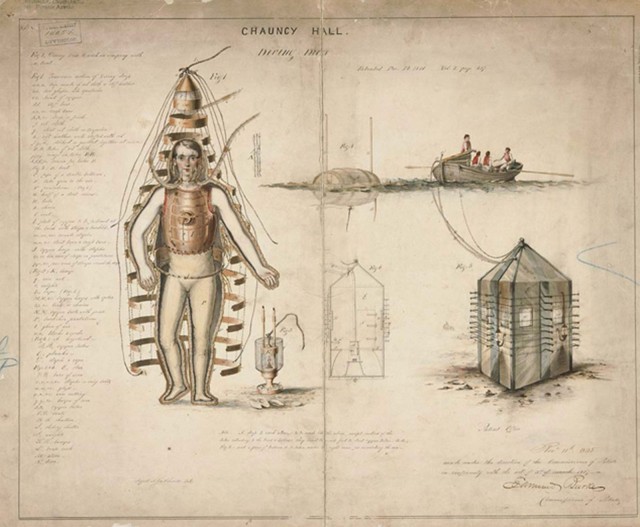
Photo: U.S. Patent and Trademark Office
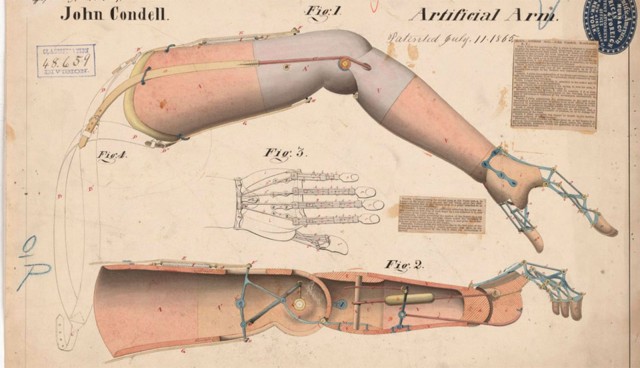
Photo: U.S. Patent and Trademark Office
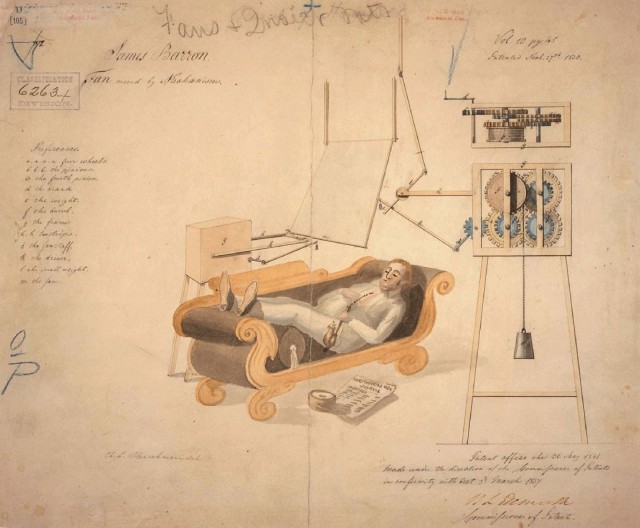
Photo: U.S. Patent and Trademark Office
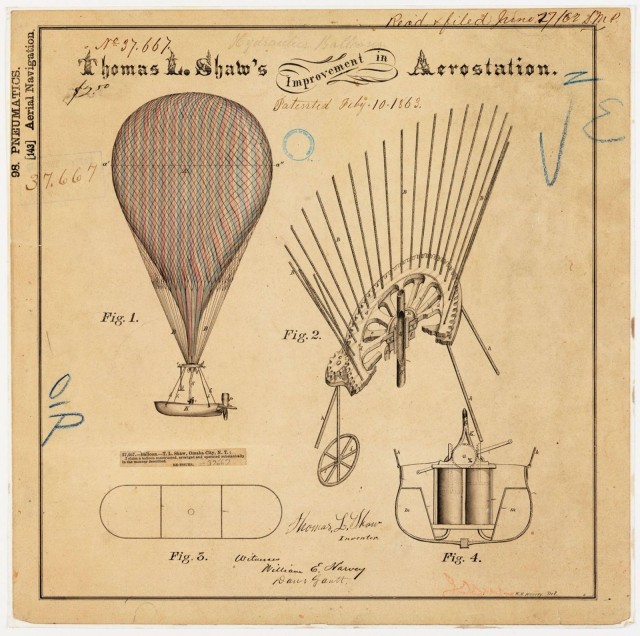
Photo: U.S. Patent and Trademark Office
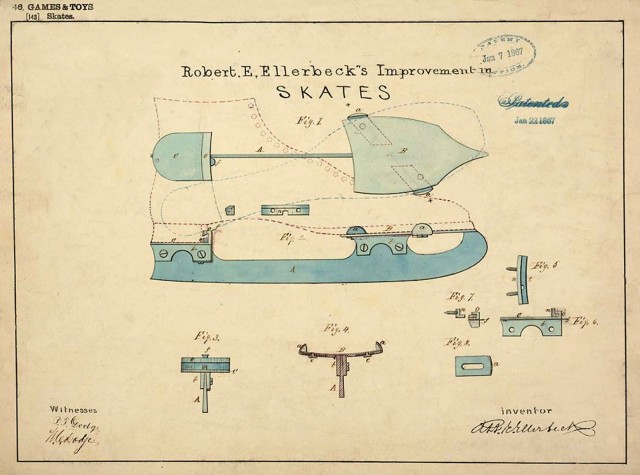
Photo: U.S. Patent and Trademark Office
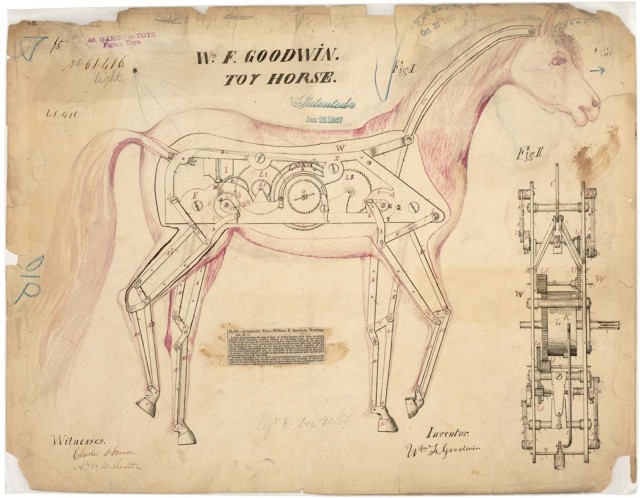
Photo: U.S. Patent and Trademark Office
